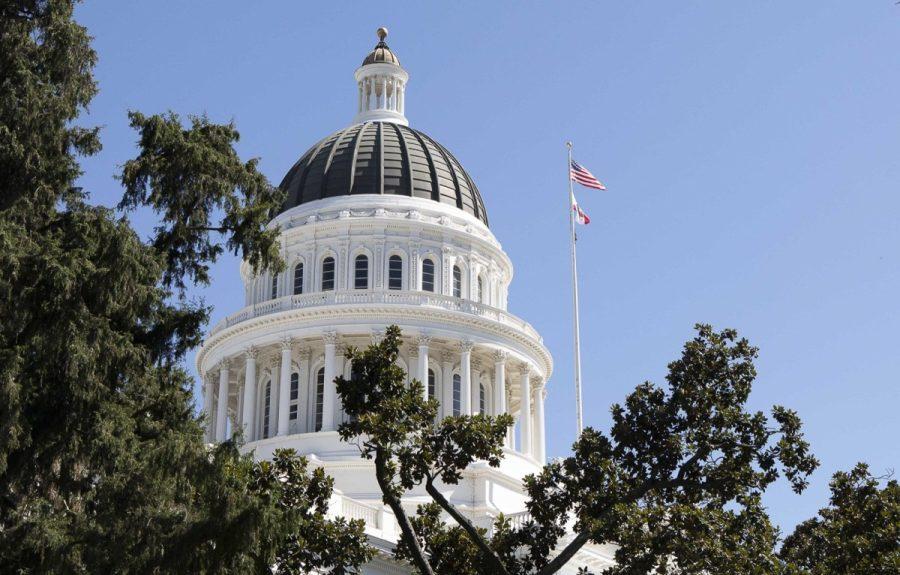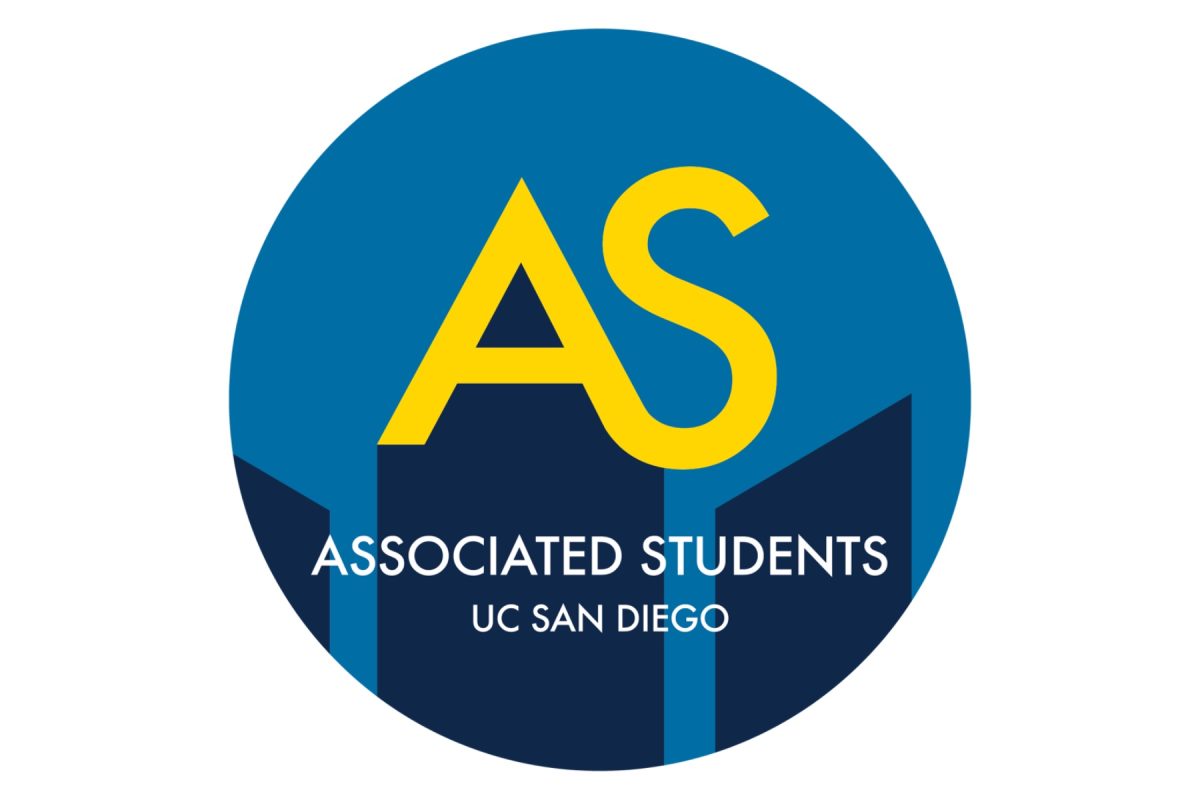The California State Assembly Budget Committee announced a budget revision for the top University of California campuses that aims to reduce the number of international and out-of-state students enrolled. The floor report of the annual budget on June 28, 2021 outlines the Nonresident Reduction Plan which will commence the next admission cycle in January 2022 at UC Berkeley, UC Los Angeles, and UC San Diego.
The plan puts forward $184 million to UC Berkeley, UCLA, and UCSD over the course of the next three years to cover the nonresident tuition lost by cutting out-of-state attendance. Each university has agreed to decrease nonresident enrollment to 18 percent of their respective undergraduate student body by 2025 in order to create more space for California students.
The Nonresident Reduction Plan offers a monetary incentive to counteract the loss in revenue put forth by covering lost expenses on an annual basis. For example, during the 2021-2022 application cycle, 900 less nonresidents will be accepted to the top UC campuses. The plan will then apportion $31 million in January 2022 to compensate for reduced Nonresident Supplemental Tuition for that fiscal year, only to repeat until 2025. No acceptance offers sent out after the 2020-21 application cycle will be rescinded.
Once the plan has been implemented, there will be 4,500 more in-state students across the three UC campuses, including UCSD. The California Assembly Budget Committee also stated that a separate plan was in development that would increase in-state freshman enrollment by more than 6,200 next year; this would be up to UC leaders to determine how many each campus would be allotted.
The plan was devised in light of rapidly increasing UC enrollment from out-of-state and overseas. Non-California resident students occupy 57,019 campus seats all throughout the UC system and make up 25.7 percent of UCSD’s undergraduate population.
In an interview with The UCSD Guardian, the Chairman of the California Assembly Budget Committee, Phil Ting, expressed concern that the increase in nonresidents will dramatically disadvantage Californian students wanting to pursue public higher education.
“The state of California heavily invests in our children’s K-12 education,” Ting said. “Many public school students dream of going to a UC. We should do all we can to make that happen with adequate slots, reasonable tuition and more financial aid. Otherwise, talented young people will move out of state to get their degrees and may never come back. To me, that’s a bigger loss. We want our kids to stay and contribute to California’s economy.”
Picture taken by Rob Nikolewski for the San Diego Union Tribune.
These sentiments are reflected in statistics regarding the mass exodus of Californians over the past decade. According to the 2020 Census and American Community Survey data, the vast majority of people leaving California lack college education and disproportionately hail from the middle class. From the adults surveyed, 49 percent said they left the state to seek employment. Conversely, the demographics of people moving to California are young college graduates searching for the start to their careers.
Historically, the UC system has preferred higher concentrations of out-of-state and international students. A policy memorandum describing a proposal from a UC Board of Regents Meeting in 2017 argued that “moderate levels of nonresident students” — with the proposed cap being 20 percent — not only contributed to intellectual and social diversity, but that $70 million of the base tuition that nonresidents paid in 2016-2017 directly subsidized need-based aid for California students.
The policy was approved in May of that year but failed to meet the conditions outlined within the Policy on Nonresident Student Enrollment, ranging from a demand that California residents should “continue to represent a minimum of eighty-two percent of all undergraduate students” and that “the proportion of nonresident undergraduates enrolled in the future may not exceed the proportion in 2017-18,” which was around 18 percent.
According to an email sent to The Guardian from UCSD’s University Communications department on July 8th, the enrollment of nonresident students has helped offset tuition costs for California students and provides revenue that “improve[s] educational programs for all students.”
The statement also noted that these students contribute to the California economy as a whole through Nonresident Supplemental Tuition. Nonresident students at UCSD pay on average $63,024 their first two years on-campus, which is nearly double the amount Californians pay.
UCSD raised a record $365 million in private donations during the 2020-2021 fiscal year. Due to the COVID-19 pandemic, UCSD lost a significant amount of money from various sources, including student boarding fees and losses in the usage of patient services issued to the public at campus hospitals and clinics.
In light of this plan being enacted, the UC system will continue to offer admission to graduate campuses to every California undergraduate resident applicant who meets the University’s requirements for guaranteed admission. The university enrolls the top nine percent of California students who apply through the UC Statewide Guarantee program.
Assemblymember Ting noted that, while nonresidents will face more competition in the following application cycle, there is always a reasonable chance that they will be admitted.
“Competition will be tougher for nonresident applicants because there will be fewer slots for anyone outside California,” Assemblymember Ting told The Guardian. “However, the reduction is 900 slots per year across three UC campuses, which means there is still a lot of room for them. We are not aiming to completely shut out nonresident students because they contribute to the diversity and college experience of everyone. We welcome what all students have to offer.”
Many UC administrators describe nonresident students being integral in adding to the quality of campus-life and university, as communicated to The Guardian by Erika Johnson, the Assistant Director of University Communications at UCSD.
“International students also enrich the campus intellectual environment,” Johnson said. “UC San Diego students come from more than 100 countries around the world. They bring diverse perspectives, knowledge, and experiences that strengthen classrooms, research, and cross-cultural competencies of every UC San Diego student, faculty, and staff member.”
Johnson also noted UCSD’s goal is to admit as many qualified California residents as possible that the university’s infrastructure will support.
“Our recruitment team is already dedicated to connecting with high achieving, first-generation, low-income, and students of color right here in San Diego and Imperial Counties, as well as across California, to build a deeper prospect pipeline into UC San Diego,” Johnson said. “We are investing resources into infrastructure, facilities, financial aid, and faculty to enable expansion. This includes growing classrooms, residential spaces, laboratories and offices (from North Torrey Pines Living and Learning Neighborhood to upcoming Design and Innovation Building) as well as increasing the number of faculty.”
Despite these investments, many students have expressed that they have not seen the quality of their education increase with higher tuition.
Out-of-state students like Songlin Wu, a junior Biology major from Eleanor Roosevelt College, note that some private universities closer to home would offer better learning opportunities for the same price.
“As a biology student, UCSD does have a very distinguished biology program and research,” Wu said. “Although it does have abundant resources available to each student, there are some parts where I feel that my tuition isn’t worth it. For example, we have three-hundred students in a lecture hall compared to a private university where you have, like, fifty. Besides that, I am too separated from my family and I have to pay for actual living, transportation, and food.”
The 2021 University of California Budget was officially signed into law by Governor Gavin Newsom on Friday, July 9. The University of California Application opens for general admission beginning next Fall.
Picture by Anne Wernikoff for CalMatters















Techbloger • Sep 24, 2021 at 12:01 am
Now you can get anyone’s instagram passwords online.Now you can access any instagram private account easily.
Adam Miller • Aug 19, 2021 at 8:42 am
In general, I probably understand why they are doing this, because they just want to provide more chances for residents. I’m not sure how democratic and fair it is. But fortunately for many, anyone can study many subjects on their own, or as in the case of Linear Allegbra, using this course https://www.distancecalculus.com/linearalgebra/ to improve their chances at any university or college
Peter Nilson • Jul 20, 2021 at 9:08 am
I understand that studying in college is always really hard. So, in order to overcome problems with studying, I decided to use https://assignmaths.com/statistics-homework-help/ which is a good solution in order to get help concerning your needs. Math is really hard for me, so I advise all the students to use any help that they have.
Arelon • Jul 17, 2021 at 1:04 pm
It’s a pity for the resident students, why are their places being cut? Several years ago I was also expelled, I was very upset. It was also necessary to transport all the things. Thanks to the moving company https://sokolmoving.ca/cleaning-service/. Thanks to them, I returned home at least with ease, since a lot of things had accumulated, and it was difficult to transport alone. I hope you will not be exiled. Good luck to you .
Veronika • Jul 13, 2021 at 8:19 am
Operations that you may never suspect are constantly taking place in your organization through various processes and details https://mediaonemarketing.com.sg/come-up-kickass-digital-marketing-plan/ . As a marketer, you are probably most familiar with marketing operations and hopefully sales operations because of your sales partnership, but perhaps less familiar with business operations.
Ronald Ruiz • Jul 12, 2021 at 1:46 pm
Aiding California students to enroll in those colleges mentioned to me is a great thing. Lets help those that live and breath here in this state.
Very informative!